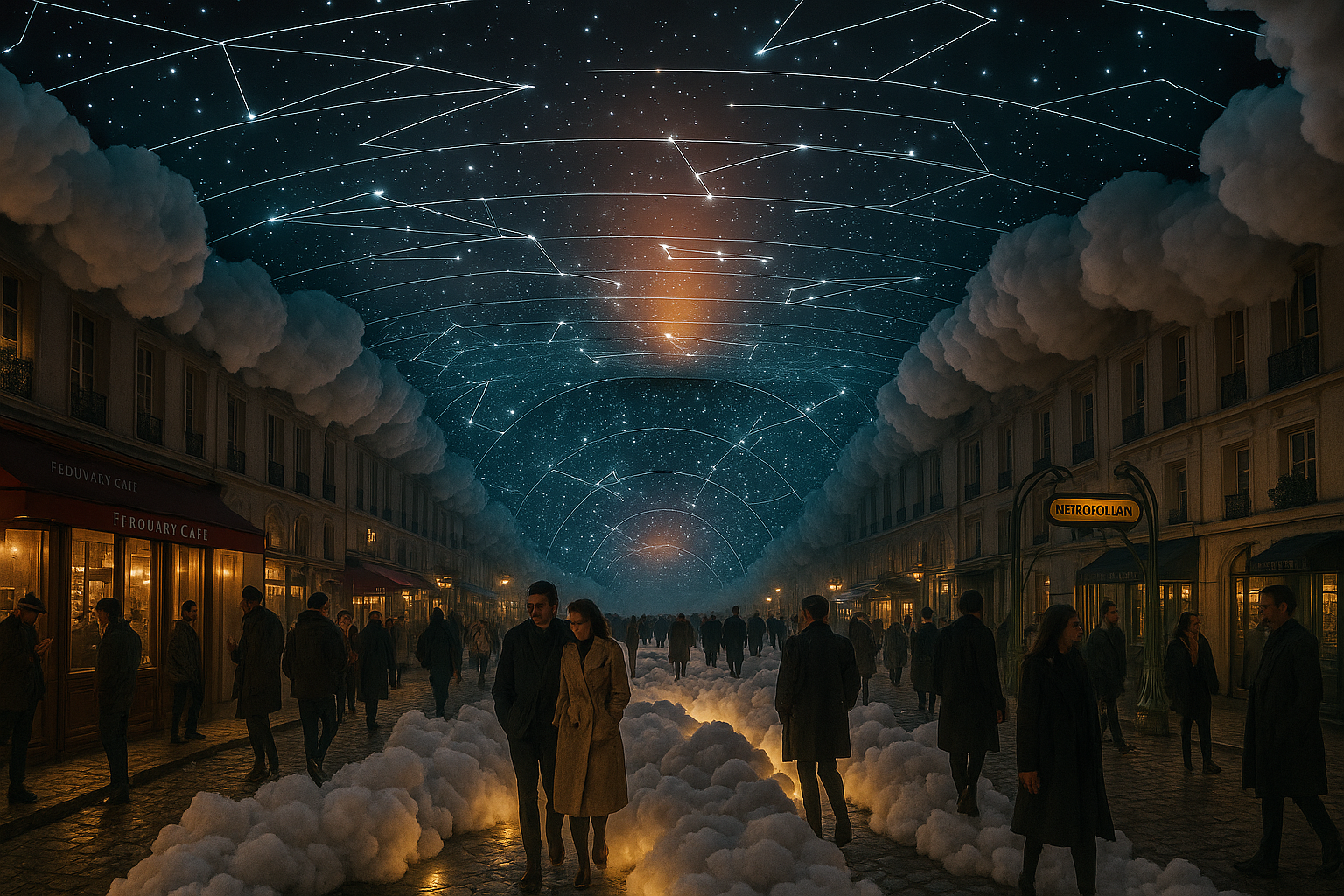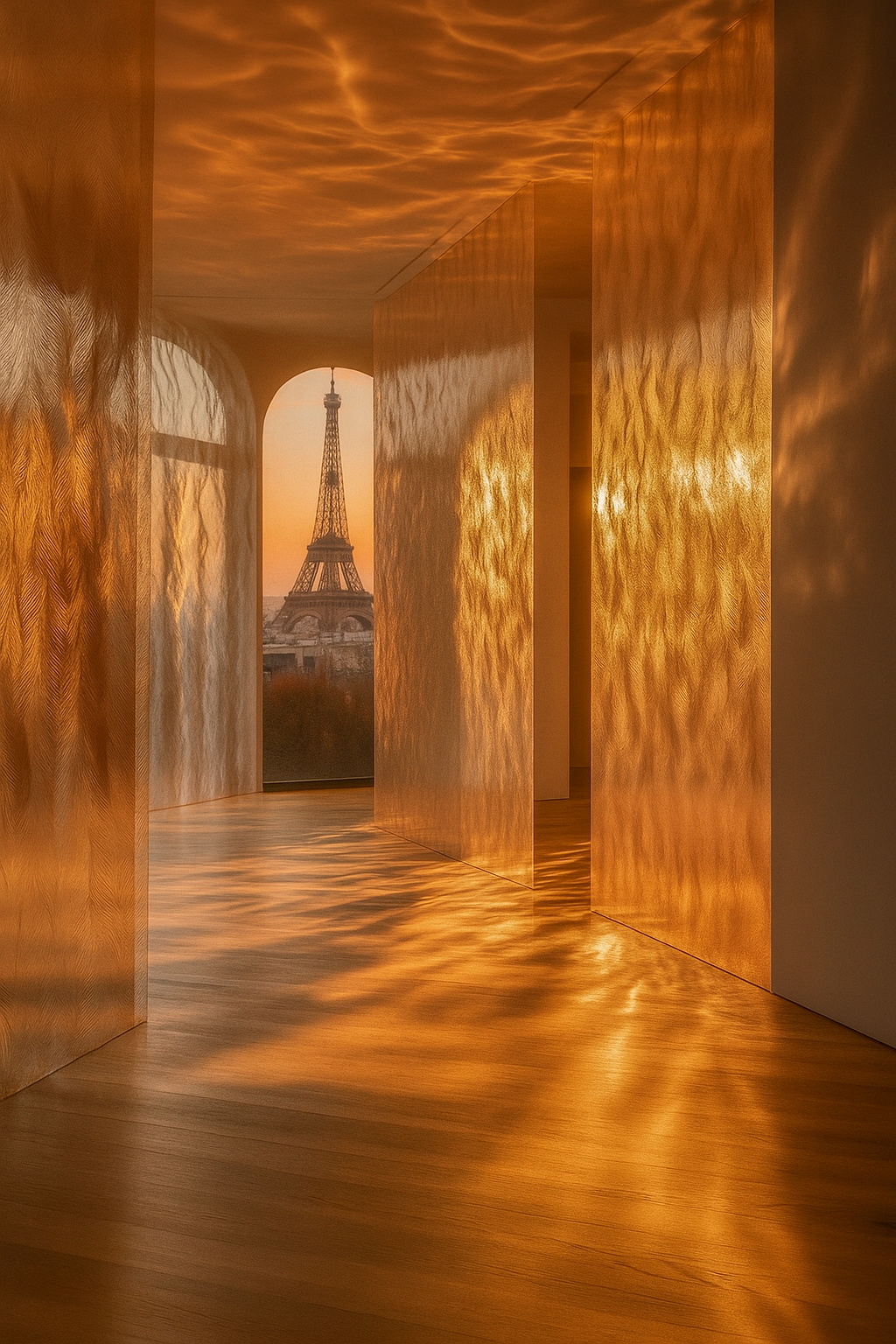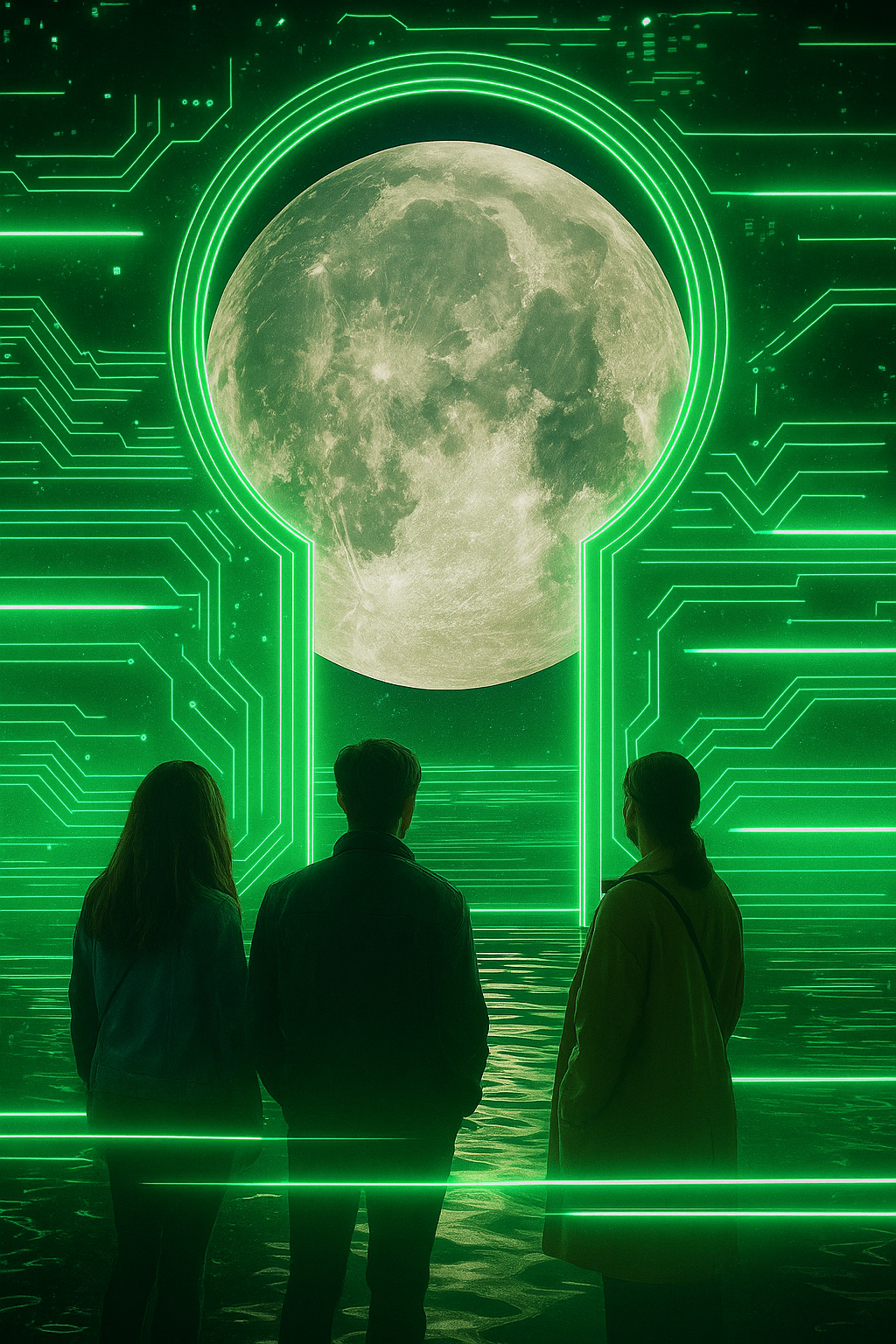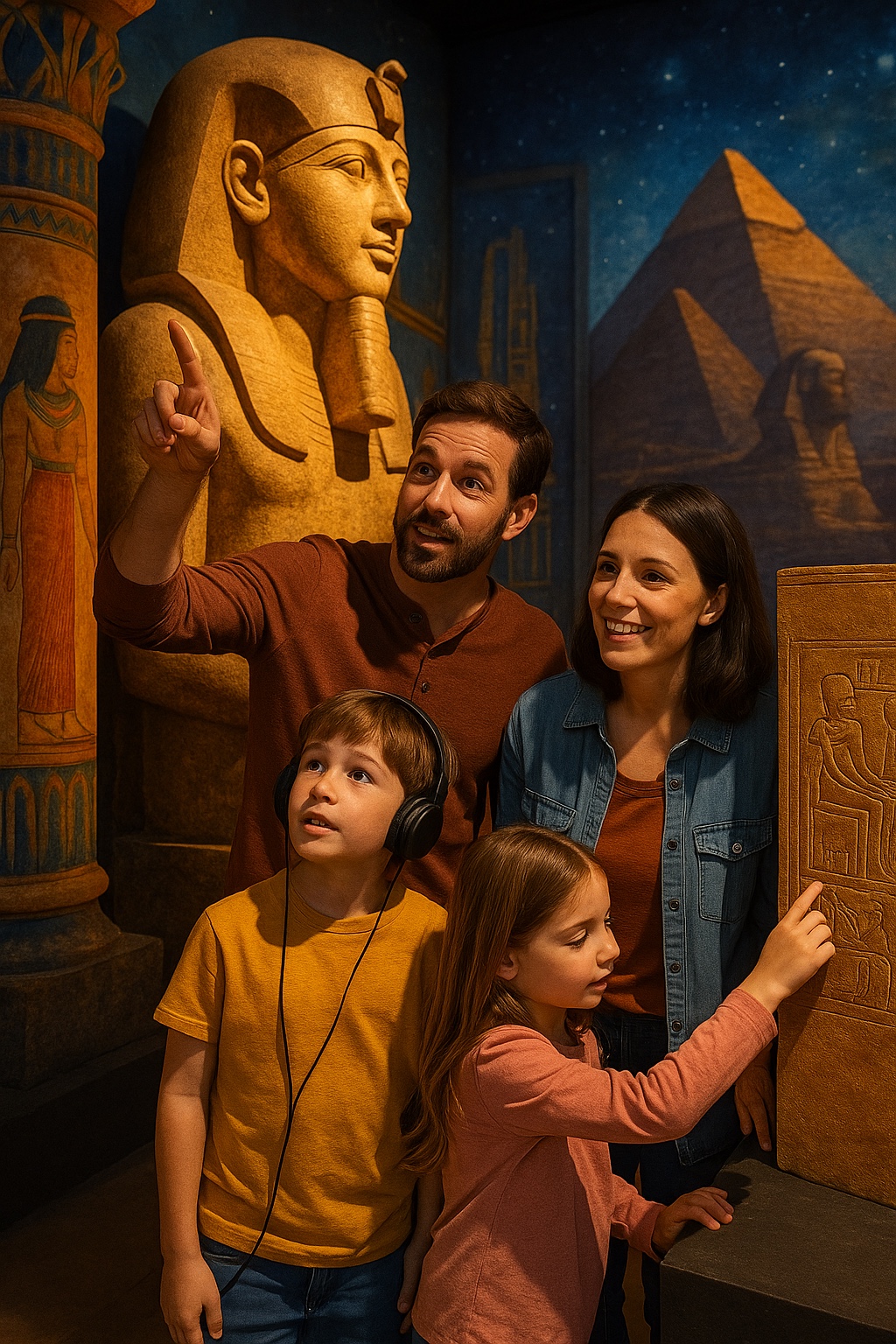Why do certain memories stick with us for life, while others fade in a matter of hours? The answer may lie not in what we see or hear, but in how many senses are engaged. From ancient rituals to modern classrooms, the most unforgettable experiences share one trait: they involve the whole body, not just the brain.
In this article, we explore the neuroscience of multisensory learning and how it’s reshaping everything from education to cultural experiences. You’ll learn why combining sight, sound, touch, and more isn’t just engaging, it’s essential for deep understanding and memory.
Why Multisensory Learning Matters
Our brains were never meant to learn in isolation. From the moment we’re born, we make sense of the world through multisensory input. A baby doesn’t learn language just by hearing words, they watch lips move, feel the vibration of sound, and associate tone with emotion.
According to neuroscience, learning becomes stronger and more durable when multiple sensory pathways are activated at the same time. When information comes through different senses, the brain creates more connections between neurons. This builds what’s called redundant encoding, meaning we store the same idea in multiple ways, so we’re more likely to remember it later.
In practical terms, that’s why reading a historical date is one thing, but stepping into a candlelit room that recreates the atmosphere of the past is something else entirely. Multisensory learning transforms knowledge into experience.
How the Brain Responds to Multisensory Input
Neuroscientific research shows that regions of the brain responsible for different senses don’t work in silos. Instead, they communicate constantly. For example, the superior temporal sulcus integrates visual and auditory cues, like matching a voice to a face.
This interaction strengthens attention, comprehension, and emotional engagement. Sound can reinforce visual memory. A smell can trigger a powerful emotional response tied to a concept. When senses are combined, learning isn’t just intellectual, it becomes personal.
Studies using fMRI have found that multisensory environments light up more areas of the brain than single-sense ones. In particular, the hippocampus (crucial for memory) and the amygdala (important for emotion) are more active when people engage with content using multiple senses. This explains why immersive storytelling, like what we design at Original Narratives, feels so vivid and stays with you long after the moment ends.
A Real-World Example: Immersion That Teaches
Think of walking into a room where Napoleon’s last night in exile is recreated. The dim light flickers like candle flame. You hear distant waves. The scent of ink lingers in the air. You’re not just reading about exile, you’re inhabiting it.
This kind of design isn’t accidental. It’s based on everything we know about how memory, emotion, and learning intertwine. At Original Narratives, we design experiences that activate memory through sound, light, tactile design, and symbolic cues. The goal isn’t to deliver facts. It’s to create a moment your body won’t forget.
And the science backs this up: learning is more meaningful when it’s embodied, when you can feel the knowledge rather than just absorb it.
The Takeaway: Multisensory Learning Is Here to Stay
As attention spans shrink and digital distractions grow, multisensory learning offers something rare: presence. It allows people to slow down, connect deeply, and create long-lasting impressions, not just of what something is, but of what it means.
This is the future not only of education, but of cultural engagement. From classrooms to immersive experiences, we now have the science to support what artists and storytellers have long known: to change a mind, you first need to move the senses.
Have you ever experienced a moment that taught you more through feeling than explanation? Share it in the comments or come discover how multisensory design can reshape memory at one of our upcoming immersive cultural experiences.



